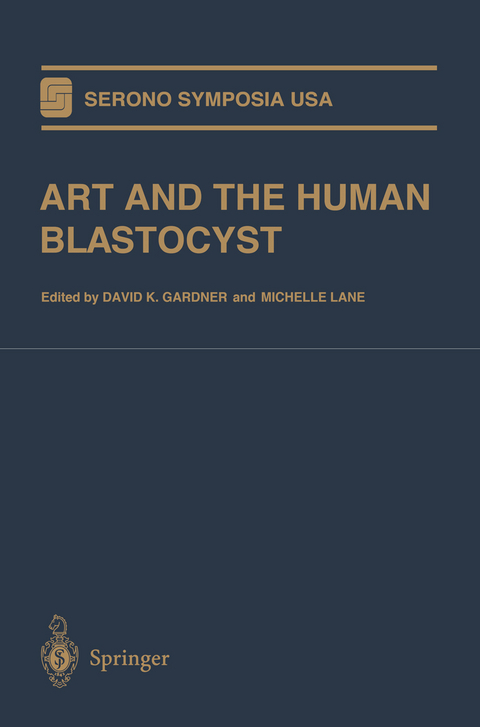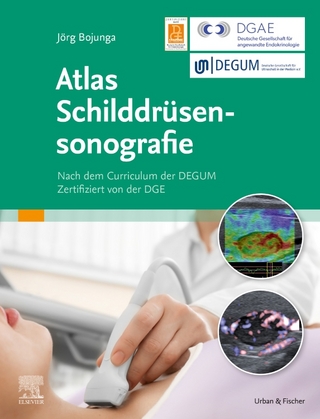
ART and the Human Blastocyst
Springer-Verlag New York Inc.
978-1-4612-6540-5 (ISBN)
I. Gamete Quality and Pregnancy Outcome.- 1. The Impact of High-Order Multiple Pregnancies.- 2. Patient Stimulation and Effect on Outcomes.- 3. New Developments in Imaging and Hormonal Stimulation of the Ovaries.- 4. Paternal Effects on Fertilization, Embryo Development, and Pregnancy Outcome.- II. Physiology of the Embryo.- 5. The Cell Biology of Preimplantation Development.- 6. Metabolism of the Early Embryo: Energy Production and Utilization.- 7. Blastomere Homeostasis.- 8. Cell Junctions and Cell Interactions in Animal and Human Blastocyst Development.- III. Blastocyst Development in Culture.- 9. Blastocyst Development in Culture: The Role of Macromolecules.- 10. Culture Systems and Blastocyst Development.- 11. Apoptosis in the Human Blastocyst: Role of Survival Factors.- 12. Predictors of Viability of the Human Blastocyst.- IV. Blastocyst Transfer and Fate.- 13. Which Patients Should Have Blastocyst Transfer?.- 14. Embryo Transfer and Luteal Phase Support.- 15. Cryopreservation of Blastocysts.- V. Implantation.- 16. Embryo—Maternal Dialogue in the Apposition and Adhesion Phases of Human Implantation.- 17. Biomarkers and the Assessment of Uterine Receptivity.- 18. Endometrial Pinopodes: Relevance for Human Blastocyst Implantation.- 19. The Future: Toward Single Embryo Transfer.- 20. The Niche of the Blastocyst in Human ART.- Author Index.
| Reihe/Serie | Serono Symposia USA |
|---|---|
| Zusatzinfo | XVI, 254 p. |
| Verlagsort | New York, NY |
| Sprache | englisch |
| Maße | 155 x 235 mm |
| Themenwelt | Medizin / Pharmazie ► Gesundheitsfachberufe ► Hebamme / Entbindungspfleger |
| Medizin / Pharmazie ► Medizinische Fachgebiete ► Gynäkologie / Geburtshilfe | |
| Medizinische Fachgebiete ► Innere Medizin ► Endokrinologie | |
| ISBN-10 | 1-4612-6540-1 / 1461265401 |
| ISBN-13 | 978-1-4612-6540-5 / 9781461265405 |
| Zustand | Neuware |
| Haben Sie eine Frage zum Produkt? |
aus dem Bereich


